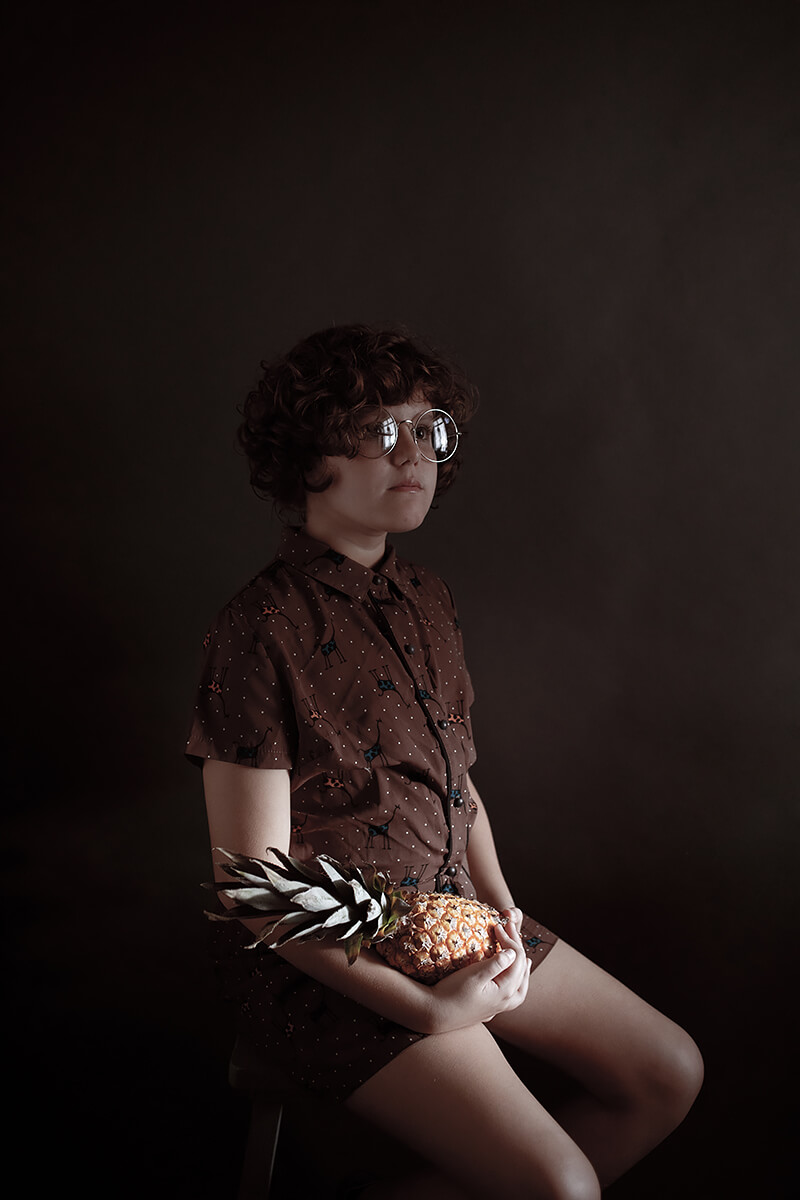Marina Lauar is a Brazilian visual artist. She develops her artwork in Fine Art Photography, where she uses a pictorial language to construct of her narratives. As a plural artist she appropriates elements that expand formal photography and allow the mix of printed photography with other gestures and techniques. She finds in the portrait an appropriate field for her discussions and critical reflection, which she builds through minimalist and potent images. Her research currently circulates between the deconstruction of already rooted stereotypes and her own self-perception.
About Plastic Portraits
The project was born during my renaissance as an artist. After some time feeling completely blocked, hands, feet, head, and heart tied, I found myself in a huge need to express my concerns through photography. Fine Art Photography is a fertile field that allows the cultivation of reflections and dialogues, so I chose it as language, to be the home of my yearnings. I create portraits aiming to deconstruct beliefs, sometimes using satire, sometimes critical reflections and their depths, sometimes pure intimacy, things that will never be said. The atmosphere is reaffirmed by the way I work with the light. I seek minimalism so that only a key element fulfils its role as a critical factor in the image. My principal goal with this project is to traverse. Conceive feelings, make the feeling palpable. Build next to portrayed the script that will guide us in the production of the pictures, in the choice of the element, so that everything there in that image has great strength and meaning to the portrayed. To emanate with my eyes feelings that overflow in the other.
